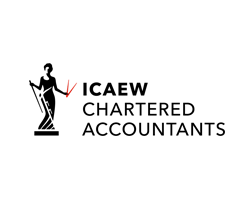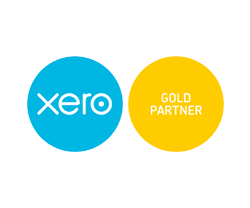The Jonathan Ford & Co Advent Calendar – Day 17

Over the course of the festive season we’ll be bringing you an advent calendar’s worth of tax and financial tips. Some of them might even be a little Christmassy! Today we look at turning what would normally be a negative into two positives. One to cancel out the negative and another one just so you can have a positive.
Using VAT partial exemption to your advantage
There are two types of income from a VAT perspective: VAT exempt and non-exempt. Non-exempt income has VAT added to it at either 0%, the reduced rate of 5% or the standard rate of 20%. For ease we’ll refer to non-exempt income as standard rated income from now on.
Most VAT registered businesses will earn standard rated income so they can reclaim the VAT they incur on all of their expenses. What about businesses that have a mixture of standard rated and exempt income? These businesses are said to be “partially exempt” and have to split expenditure into three categories. These are listed below along with the position on reclaiming the VAT.
- Expenditure relating to standard rated income, e.g. the cost of goods to be sold on
- VAT can be reclaimed in full
- Expenditure relating to exempt income, e.g. residential property letting agent fees
- VAT cannot be reclaimed
- Overheads that relate to both of the above, e.g. accountancy fees and office costs
- VAT can only be reclaimed in the same ratio as your standard rated to exempt income (so if this is 60:40 then you can reclaim 60% of the VAT on your overheads)
Being partially exempt doesn’t seem like a great position to be in until we consider the partial exemption de minimis rules. These state that you can also claim back the VAT on exempt expenditure and overheads in full if that VAT is less than both:
- £625 per month on average; and
- The VAT on expenditure relating to standard rated income
A common scenario in which this can apply is a VAT registered sole trader builder who also owns a residential buy-to-let property. The building income is standard rated while the rental income is exempt. In this case it’s likely that any VAT incurred in running the property, such as repairs, furnishings and letting agent fees, will be fully reclaimable.
Beware: VAT planning can be really complex so always seek advice from a qualified accountant.





